Between 2003 and 2007, and without significant outside funding, the School District of Philadelphia created 25 new small high schools. This study, begun by Research for Action in 2006, follows the start-up and early implementation of these small high schools in Philadelphia. The study found that parents and students are interested in small high schools and that, across admission categories, these schools are beginning to make a difference for student engagement and achievement. Small high schools had higher rates of algebra passage and lower rates of suspension than comparative large schools. Teacher survey data and interviews with teachers and students indicated a greater sense of safety in small high schools and a more positive picture of teacher-student relationships. The positive differences were greatest for the small open admission neighborhood high schools. However, small size alone does not automatically create academic success or improved school climate. Some findings (e.g., attendance, tardiness) were mixed, with small schools not necessarily outperforming large schools and sometimes doing worse than their large counterparts. This research also details the varied start-up experiences of small schools created from the ground up compared with those converted from preexisting schools; the brand new schools had multiple advantages in the start-up process. More supports are needed if Philadelphia’s small high schools are to capitalize on the advantages of a smaller learning environment. Teachers and administrators articulated what next steps were needed to make schools more rigorous. This multi-method study is based on interviews with parents, students, teachers, and administrators as well as school observations, teacher surveys, application and enrollment data, and student achievement data.
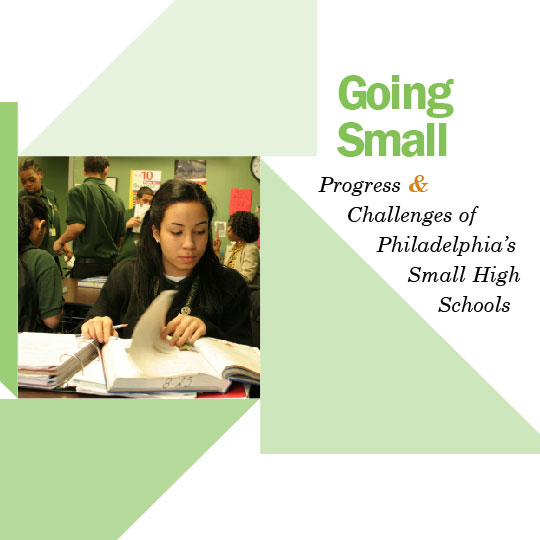
Going Small: Progress and Challenges of Philadelphia’s Small High Schools
Tracey A. Hartmann , Rebecca Reumann-Moore , Shani Aida Evans , Clarisse Haxton , Holly Plastaras Maluk , Ruth Curran Neild
Date: July 2009
Related Publications
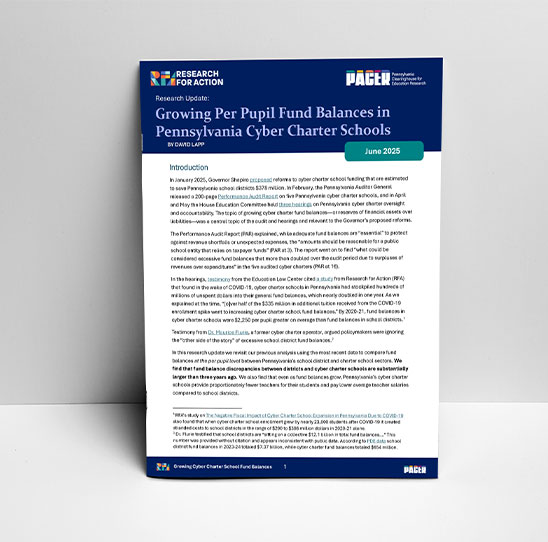
Publication
Growing Per Pupil Fund Balances in Pennsylvania Cyber Charter Schools
David Lapp

Publication
The Increasing Reliance on Emergency Permits for Teachers in Pennsylvania
Sean Vannata, Mary Eddins

Publication
Small But Mighty – An Audio Documentary
Siettah Parks, Kevin Burgess, Alita Robinson, Mary Eddins
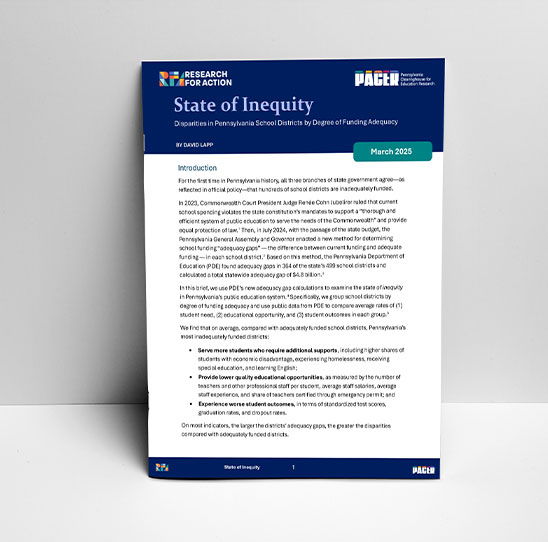
Publication
State of Inequity: Disparities in Pennsylvania School Districts by Degree of Funding Adequacy
David Lapp

Publication
Patterns of Student Mobility Among English Learner Students in Public High Schools in Philadelphia
Lindsey Liu, Sean Vannata
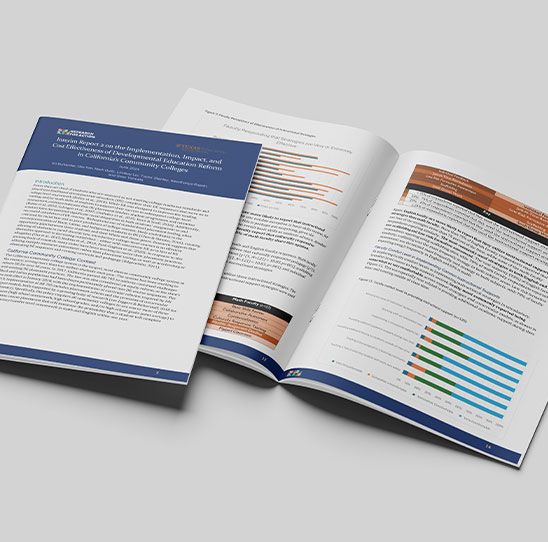
Publication
Interim Report 2 on the Implementation, Impact, and Cost Effectiveness of Developmental Education Reform in California’s Community Colleges
Kri Burkander, Dae Y. Kim, Mark Duffy, Lindsey Liu, Taylor Stenley, Keerthanya Rajesh, Sean Vannata
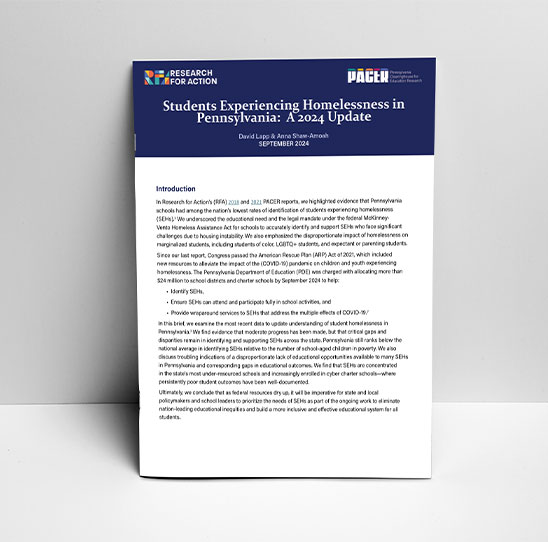
Publication
Students Experiencing Homelessness in Pennsylvania: A 2024 Update
David Lapp, Anna Shaw-Amoah

Publication
The When and How of Keystone Exams in the School District of Philadelphia
Molly Pileggi, Sean Vannata, Alyn Turner

Publication
Understanding Increases in Head Start Teacher Turnover During COVID-19
Kendall LaParo, Anna Shaw-Amoah
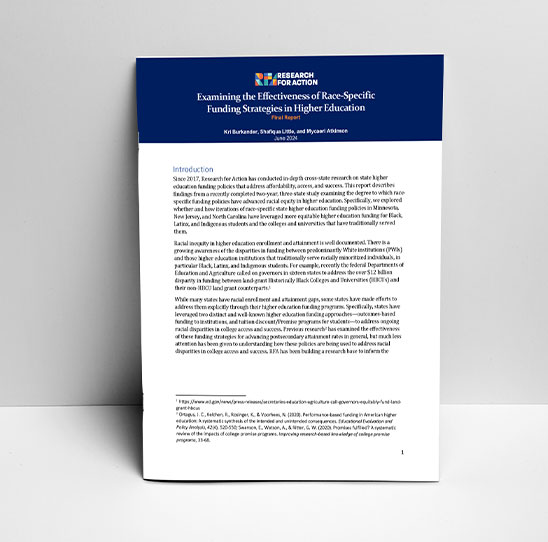
Publication
Examining the Effectiveness of Race-Specific Funding Strategies in Higher Education
Kri Burkander, Shafiqua Little, Mycaeri Atkinson
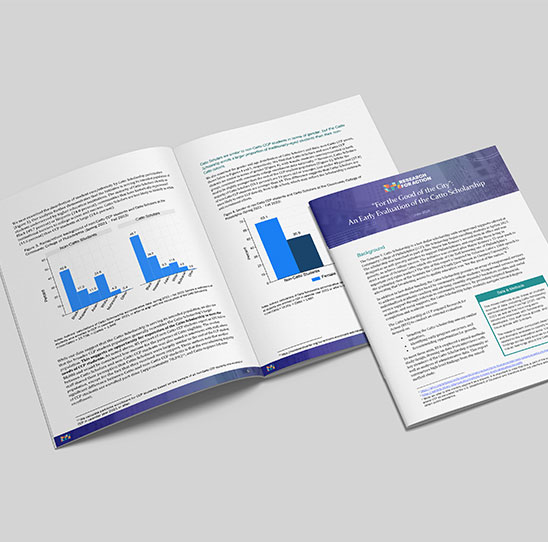
Publication
“For the Good of the City” An Early Evaluation of the Catto Scholarship
Kri Burkander, Karin Gegenheimer, Alita Robinson
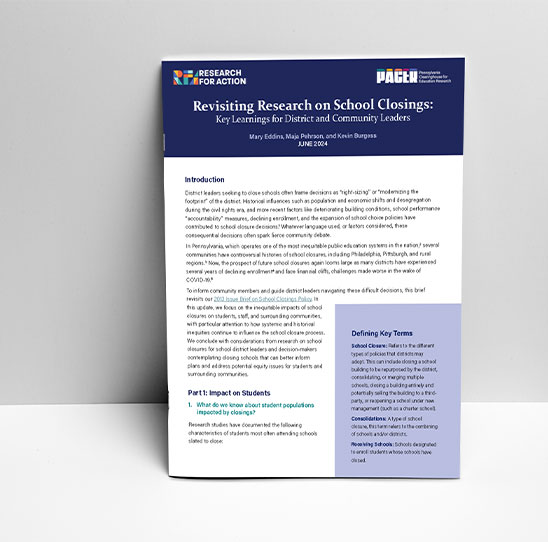
Publication
Revisiting Research on School Closings: Key Learnings for District and Community Leaders
Mary Eddins, Maja Pehrson, Kevin Burgess